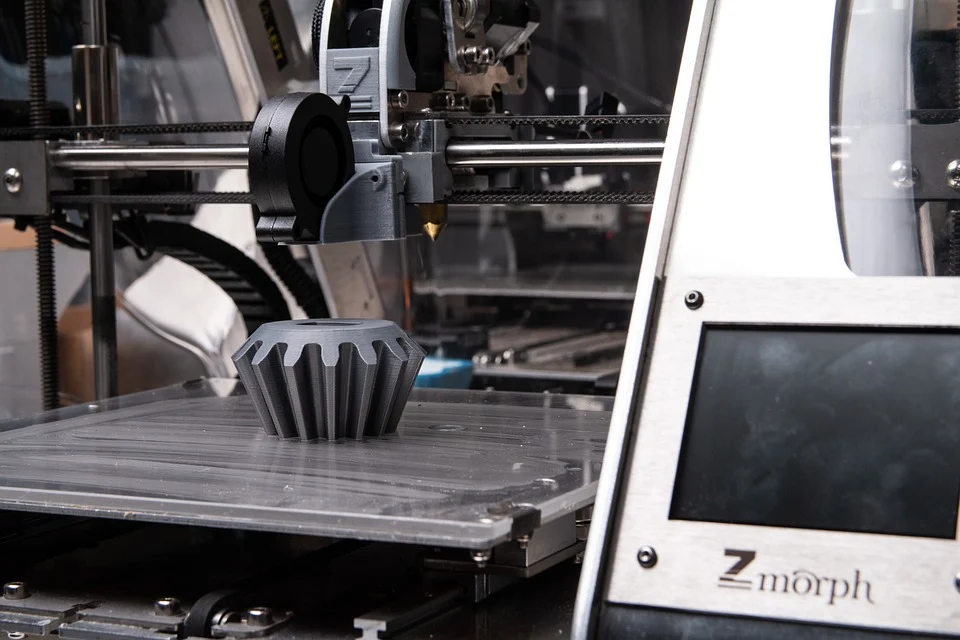Even when employing 3D printing services you still need to select the right filament for your model. You can use the best 3D printer in the world, but when you print with a bad filament, the result will still be extremely disappointing. Filament is so leading in the printing process that a cheap 3D printer of several hundred euros with premium quality filament prints creates a better quality print than a more expensive 3D printer of thousands of euros with a cheap roll of filament. This is just like with machining services and the possible materials you can use. Below you can find some of the best 3D print filaments out there.
PLA filament
PLA filament is to date the easiest filament to print with, which instantly makes it the most popular filament too. PLA can be machined at a lower temperature than, for example, ABS filament and can also be used on a 3D printer without a heated bed. A disadvantage of PLA filament however is that it is less strong than ABS filament. When using PLA to 3D print a model, you always need to make sure that the filament you use is well packaged. This is important since PLA dries out and breaks easily when it has been open for a few weeks. Because of this, the chance of a failed print of course increases, which you would rather not want obviously.
ABS filament
ABS filament is the most commonly used 3D printer filament after PLA. ABS filament is made on a petroleum basis and is stronger than PLA filament. Even though the filament is stronger, it is also more difficult to use unfortunately. This is the case since ABS filament needs a 3D printer with a heated bed or heated chamber. If this is not provided, the material will warp. Also, with ABS it is again important that the material is packaged airtight. This will extend the life of the filament so you can use it even longer.
Nylon and 3D printing
Nylon is also a popular filament when it comes to 3D printing. In fact, when you compare it to many other types of 3D print filament, nylon ranks the highest when looking at durability, strength, and flexibility. Nylon has another unique characteristic that makes it so popular nowadays. You can dye it, which can be done before or after the product has been printed. Unfortunately this does have a negative side as nylon is hygroscopic. This means that it absorbs moisture. To prevent this from happening, you have to store the filament in a cool and dry place.
PETG 3D printing
Polyethylene terephthalate is the plastic that is used the most in the world. It is used as the polymer in water bottles for example, while it can be utilized for food containers and clothing fibers too. Raw PET however is not often used in 3D printing, but this is not the case when it comes to its variant PETG. In fact, this filament is gaining popularity. The G in PETG stands for glycol-modified. Usually, this 3D print filament is seen as a good middle ground between PLA and ABS. On one hand, it is easier to print than ABS, while it is also more durable and flexible than PLA.
PC
PC, or Polycarbonate, is one of the strongest 3D print filaments you can purchase. On top of that, it is also very durable and resistant to heat and physical impact. In fact, it can withstand temperatures of up to 110 degrees Celsius. Furthermore, PC is transparent. Because of this, it can be used in commercial products that consist of a transparent piece.





